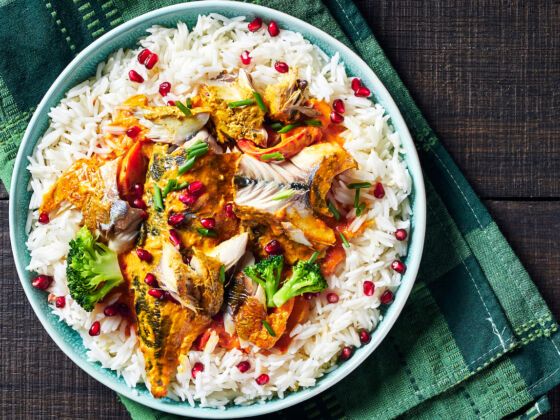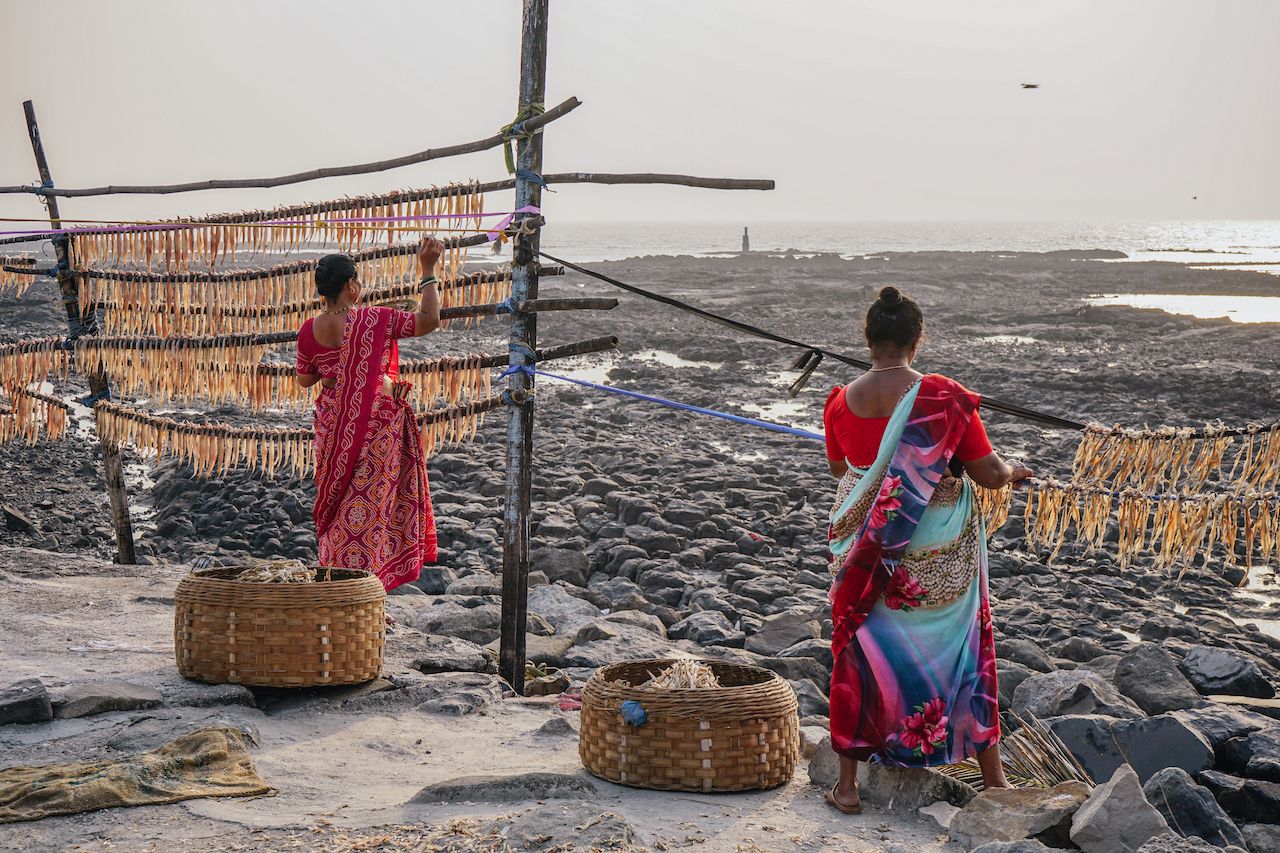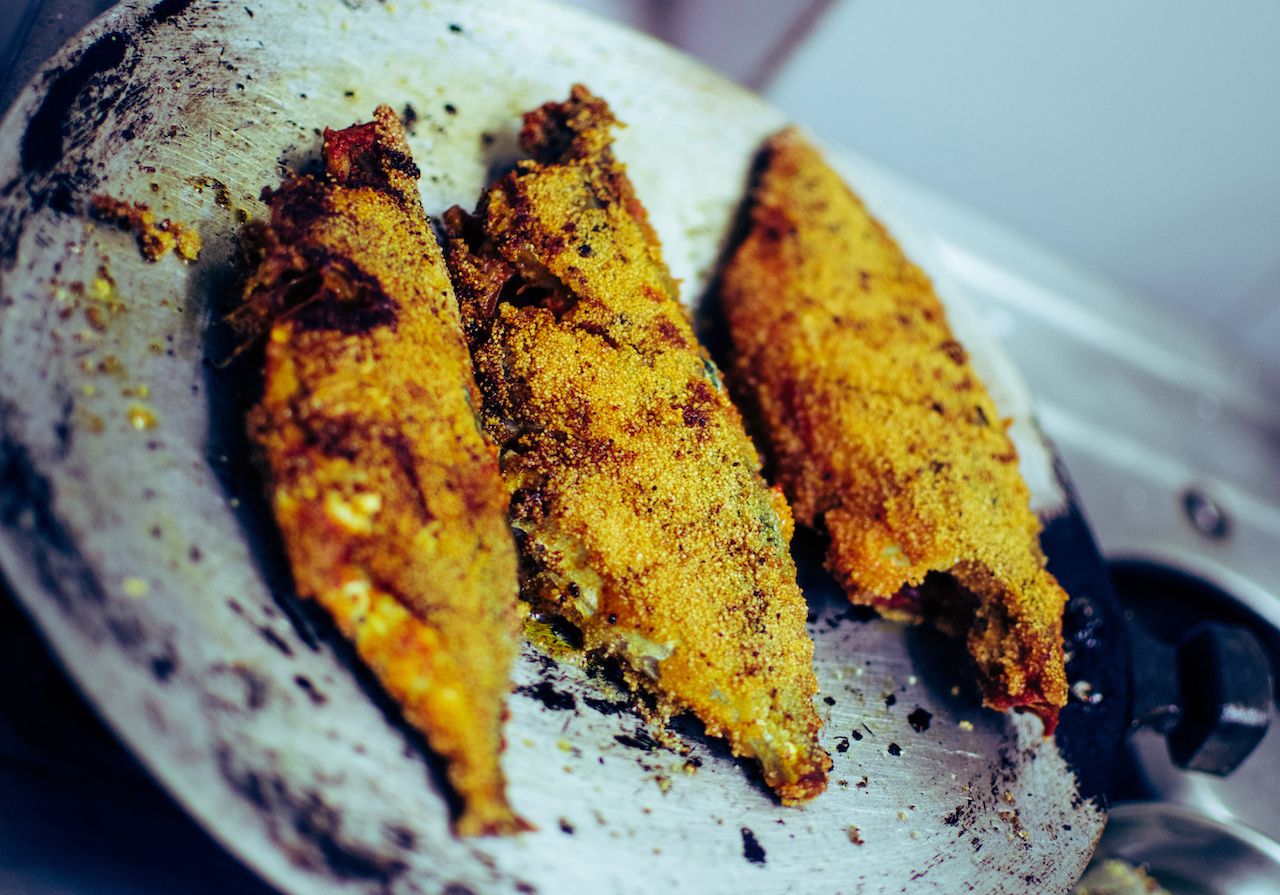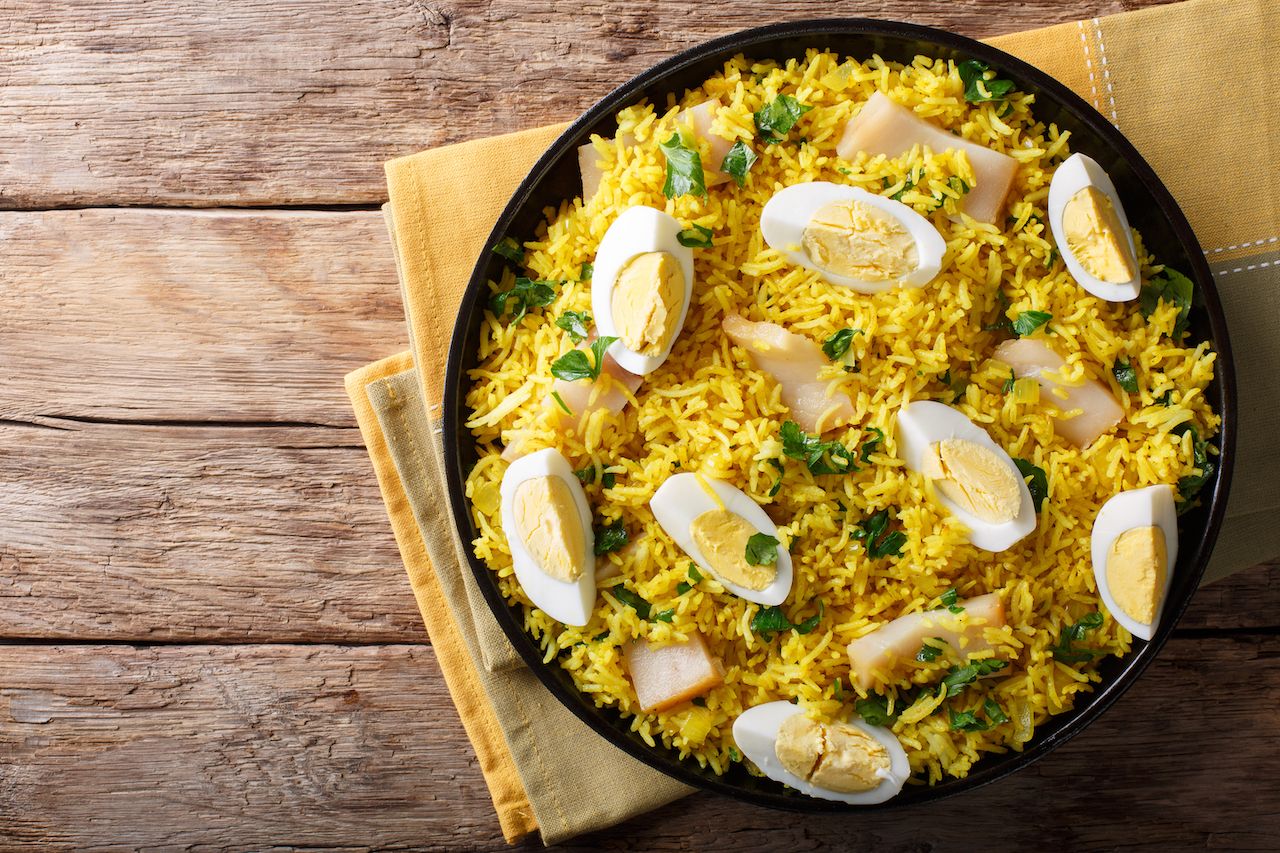Rows of thin, lizard-looking fish tied to bamboo poles and fluttering in the wind can be seen on walks along Carter Road in Mumbai. In a city famous for all sorts of seafood, these strong-smelling fish in particular are especially beloved, and they go by the name Bombay duck.
Mumbai (once Bombay) was a favored port for colonists because of its position on India’s western coast. Over the years, the city transformed into a financial hub attracting people from across the country, who migrated in search of better fortunes. Today, the city is India’s financial capital and home to a diverse range of communities and cultures.




